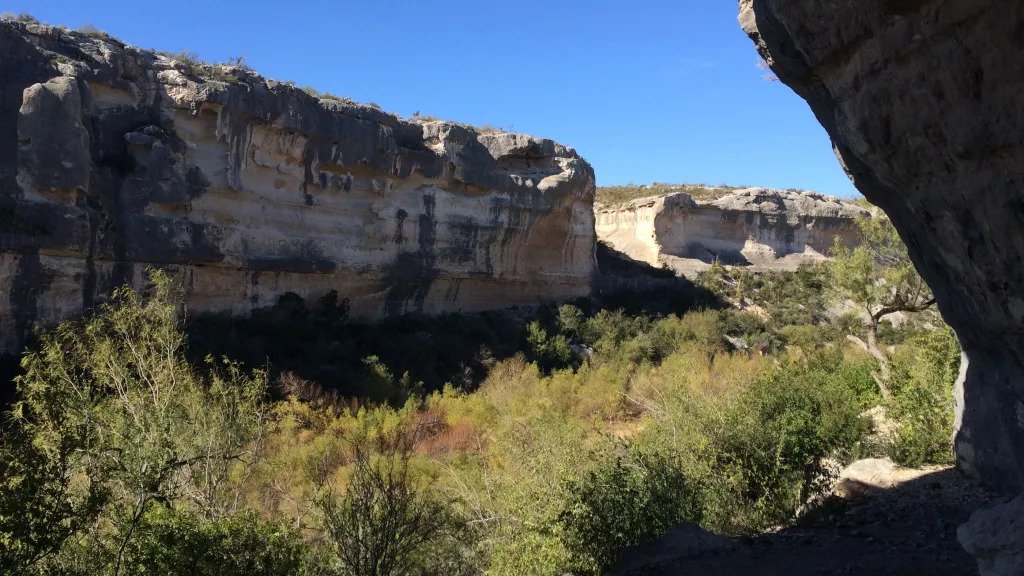Man who died of constipation 1,000 years ago ate grasshoppers for months
One of the worst instances of constipation in the annals of medicine was a native American living in the Lower Pecos Canyonlands of Texas between 1,000 and 1,400 years ago. The man’s intestine swelled to six times its usual size due to an inflammation, which made it impossible to digest normal food properly.
Eventually, this horrible illness, known as ‘megacolon‘, caused the man to die. Centuries later, his remains, mummified by the arid conditions, were found in a rock shelter close to the junction between the Rio Grande and Pecos Rivers in South Texas.
Yet there is a positive side to this tale as well. Scientists also discovered that, after examining the mummy, during the last two or three months of his life, the man ate a diet of grasshoppers whose legs had been removed.

Since his condition must have made it almost impossible to walk and procure food for himself, it’s likely that the man was fed by somebody else, perhaps family or other members of his community. It’s one of the earliest bits of evidence of hospice care.
“They were taking off the legs,” said Karl Reinhard, a professor in the School of Natural Resources at the University of Nebraska–Lincoln. “So they were giving him mostly the fluid-rich body — the squishable part of the grasshopper.
In addition to being high in protein, it was pretty high in moisture. So it would have been easier for him to eat in the early stages of his megacolon experience.”
The Skiles mummy from Texas, named after Guy Skiles, the person who first discovered it in 1937, had been stored in various private and public museums.


More recently, in 2003, Reinhard and colleagues published a study in which they reported that the mummy contained 1,2 kilograms (2.6 pounds) of faeces in its huge colon, along with a large quantity of unprocessed food.
This led the researchers to conclude that the unfortunate man was infected with the parasite-borne Chagas disease and suffered from severe malnourishment due to the fact that his body was unable to process food.
In their new study, Reinhard’s team revisited the Skiles mummy, this time using scanning electron microscopy, which offered new clues about the man’s diet during his twilight days.
The researchers examined phytoliths, tiny plant tissue structures that remain intact even after the rest of the plant decays and which are so robust they normally survive the rough, bumpy ride through the human intestinal tract. But in the case of this mummy, the researchers were astonished by the phytoliths found inside it.

“The phytoliths were split open, crushed. And that means there was incredible pressure that was exerted on a microscopic level in this guy’s intestinal system, which highlights, even more, the pathology that was exhibited here,” Reinhard said. “I think this is unique in the annals of pathology — this level of intestinal blockage and the pressure that’s associated with it.”
This most recent analysis of the Skiles mummy will appear in a forthcoming chapter of “The Handbook of Mummy Studies,” which also includes best practices for preparing and analyzing the contents of mummified intestines.
In the same handbook, Reinhard also described two other mummies who also received special care during their last days.
One of the mummies belongs to a 5 to a 6-year-old child who was buried between 500 and 1,000 years ago in Arizona’s Ventana Cave by the Hohokam people. The third mummy, of an even younger child, was buried roughly 750 years ago in southern Utah.
